Instead of dividing the in-built rods and fixing both curved pieces with seams, the rods here simply form a loop. This saves on seams, supports the Air Scoop principle and has no disadvantages in terms of weight and packing volume.
Using thin webbing at the leading edge, the upper and lower surfaces are connected in the middle of each cell. This promotes leading edge solidity in flight, which is particularly beneficial to performance when flying at speed.
NOVA Air Scoop is an optimised air intake, which increases the internal wing pressure. NOVA's Air Scoop principle is similar to the ram-air inlet duct on a sports car: increased airflow produces higher pressure. Higher internal pressure in a paraglider means improved performance through increased structural stability and collapse resistance.
This wing has two line galleries: main lines and gallery lines, but there is no middle gallery. This means only very few line elements and as a result, they are very simple to sort.
In 3D-shaping, a seam on the upper surface extends over the entire span and reduces the amount of folds caused by the curvature over two axes. Two axes, because the sail cloth has to align to the profile form and the ballooning also determines a radius which the cloth also has to follow.

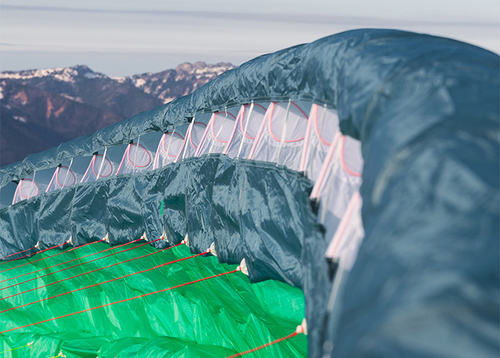
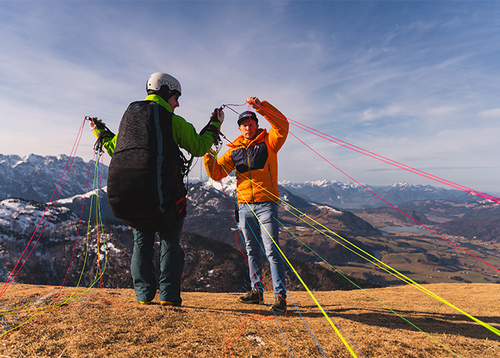
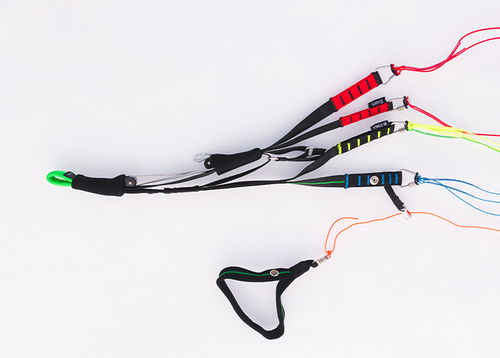





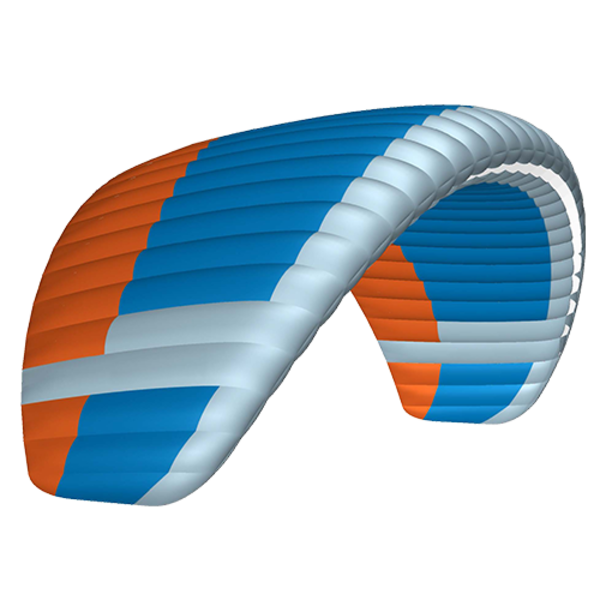 Blue
Blue
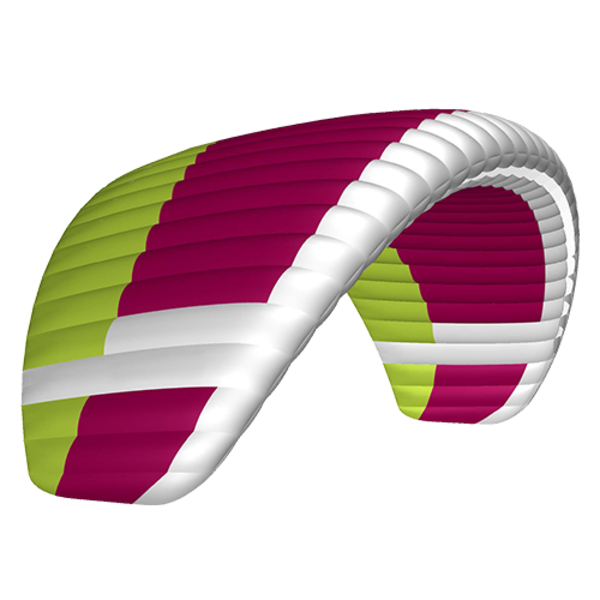 Sangria
Sangria
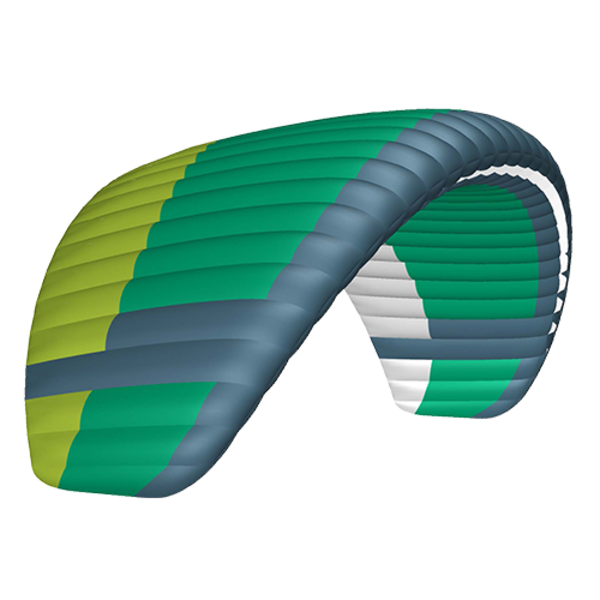 Green
Green
 Orange
Orange
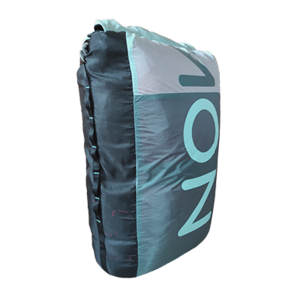 NOVA Stuff Sack.
NOVA Stuff Sack.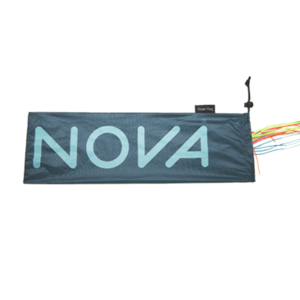 NOVA Riser Bag.
NOVA Riser Bag.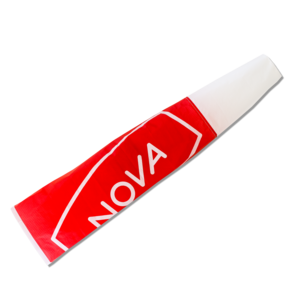 NOVA windsock.
NOVA windsock.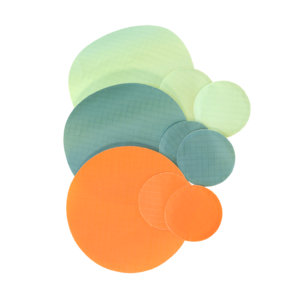 Repair kit.
Repair kit.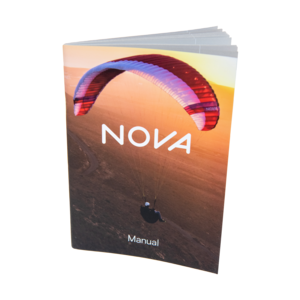 Manual.
Manual.